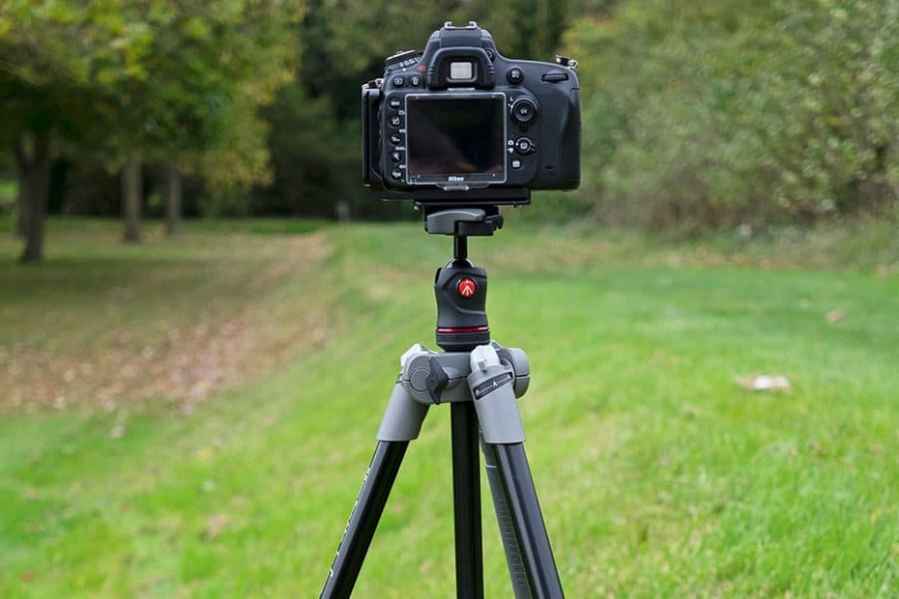Using your tripod
The first trick when using your tripod is to always use the wider legs close to the head before extending the thinner, less stable, legs. Also, generally speaking, have one leg pointing forward and two at the back. If you’re shooting on a slope, make sure one leg is down the slope and the other two are higher up to avoid everything toppling over. Don’t be tempted to extend the centre column either. With the legs at their minimum extension and the centre column fully extended, the tripod is top heavy and likely to topple over in the wind or if the legs aren’t level.
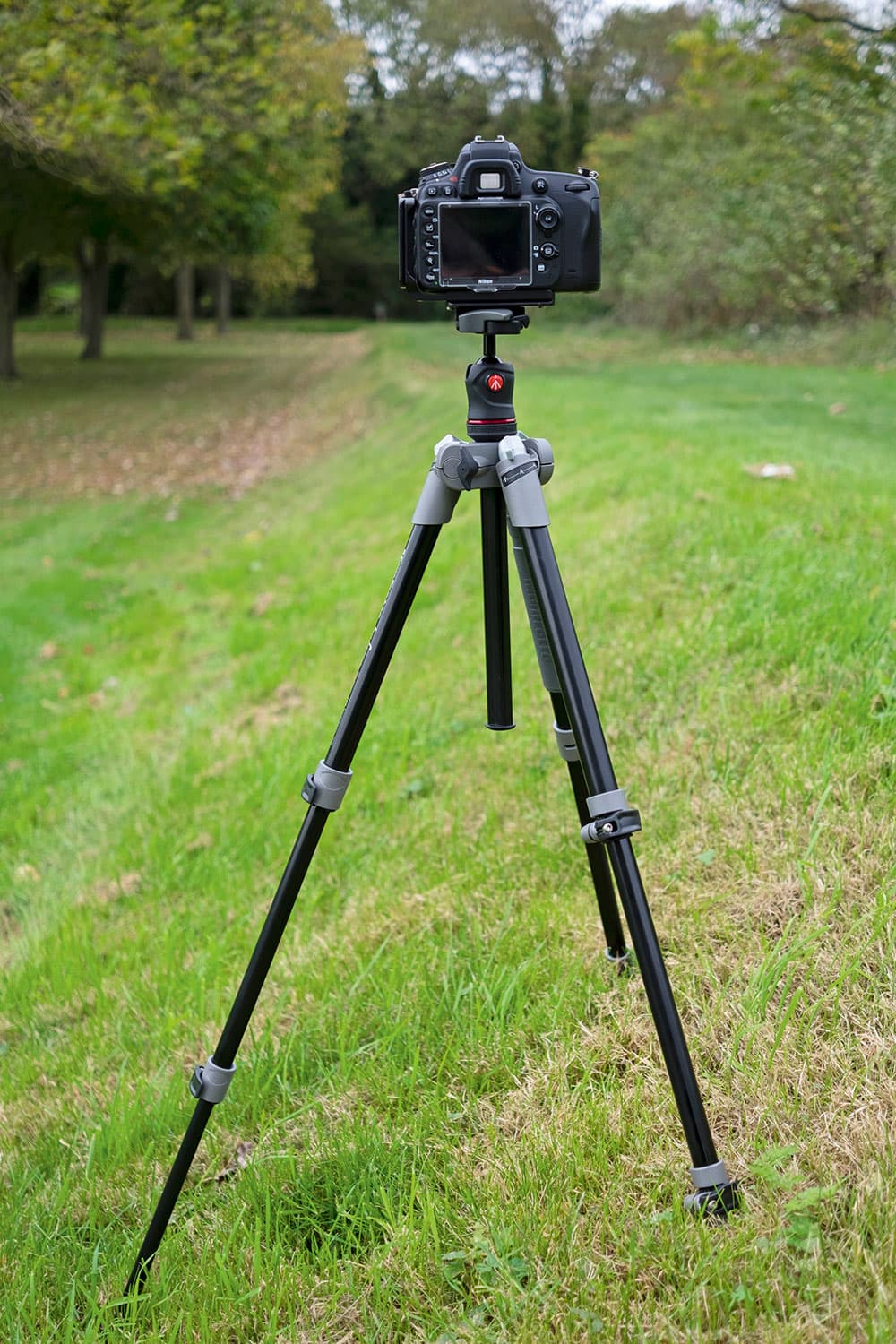
Set the height
The quickest way to find the correct tripod height is to roughly compose your shot with the camera handheld, making a mental note of its height. Next, release the leg locks on the tripod and lift the tripod up to the desired height before engaging the locks. Ideally, this will be using the wider and more stable leg sections, unless you require the thinner sections to reach the desired height.
Level your camera/tripod
Most tripod legs have a spirit level that can be used to make sure the legs are level, and therefore more stable. If your tripod doesn’t have one, use your judgement to get the legs as close to level as possible. Almost all tripod heads have a spirit level too, to straighten up the camera, and many photographers use the Virtual Horizon in Live View or a hotshoe spirit level.
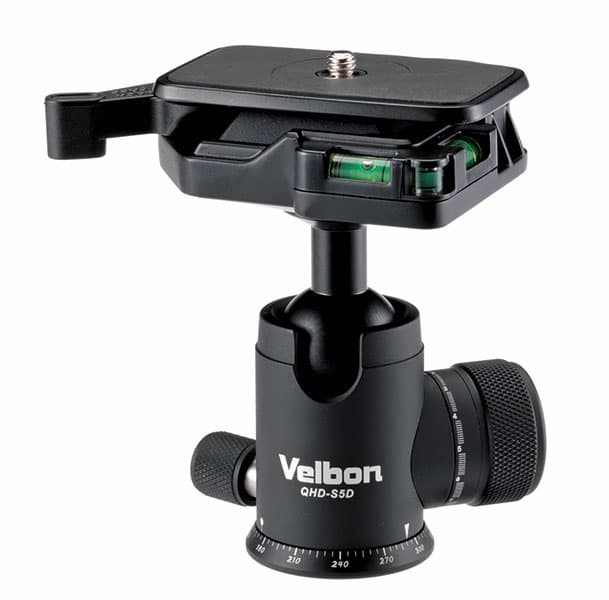
Getting down low (or high)
Some tripods feature a centre column that can be repositioned horizontally using an innovative mechanism. If you don’t have one of these tripods, simply remove the centre column and insert it back into the legs upside down and lock in position. You can now get the camera down to ground level for an ultra-low viewpoint, although the camera will, of course, be upside down.
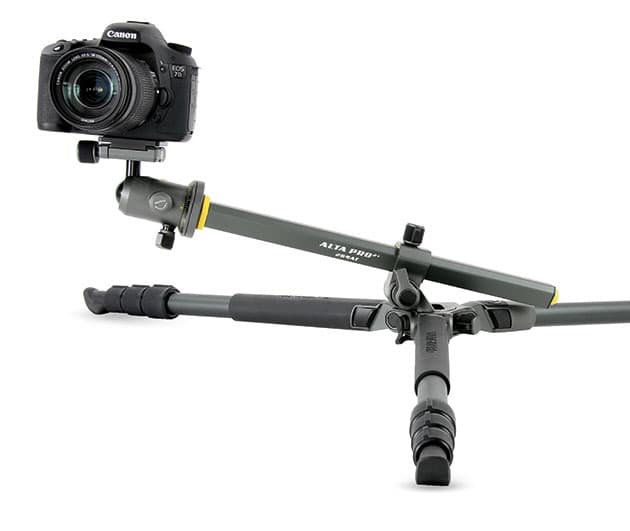
Shooting at high ISO
Modern cameras enable you to shoot at comparatively high ISOs with acceptable noise levels. So you might not need to reach for the tripod when the light fails. That said, using your tripod still has many benefits: it encourages careful composition and the extra stability usually means sharper shots. The time and place dictate its use, however. Erecting one may not be practical in a crowded tourist location.
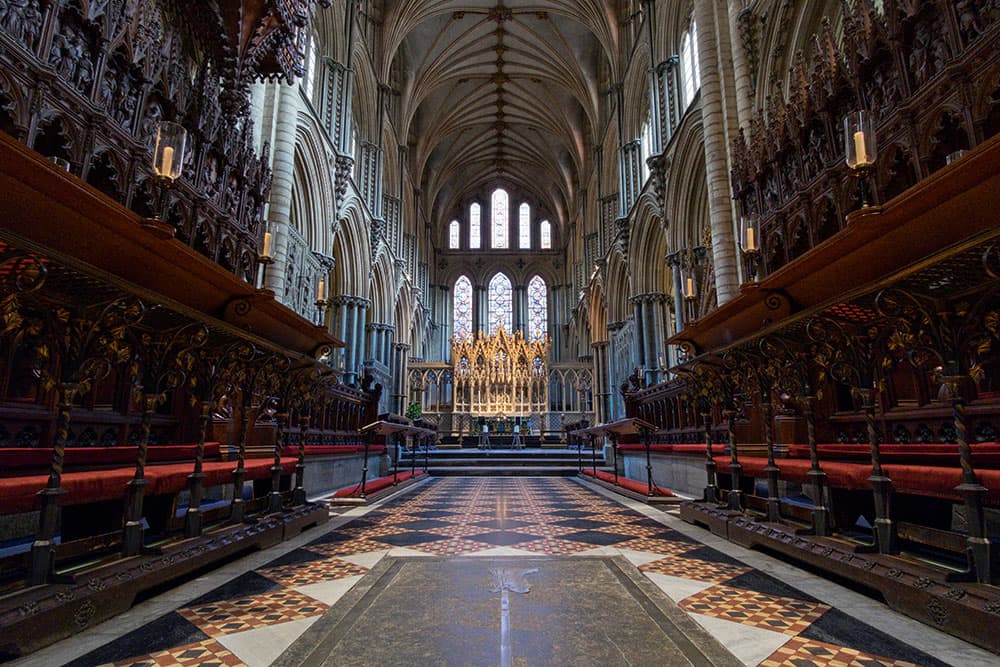
Credit: James Abbott
Avoid camera shake
A common misconception when using your tripod is that it will automatically eliminate all camera movement. Even the gentle press of the shutter button can cause unwanted camera shake. Use a shutter release or the 2-sec self-timer to minimise movement for hands-free shooting. If you have a DSLR, use the mirror lock-up feature. When the mirror moves during an exposure it can cause a minor shake that can affect the sharpness of photos when shooting at slow shutter speeds.
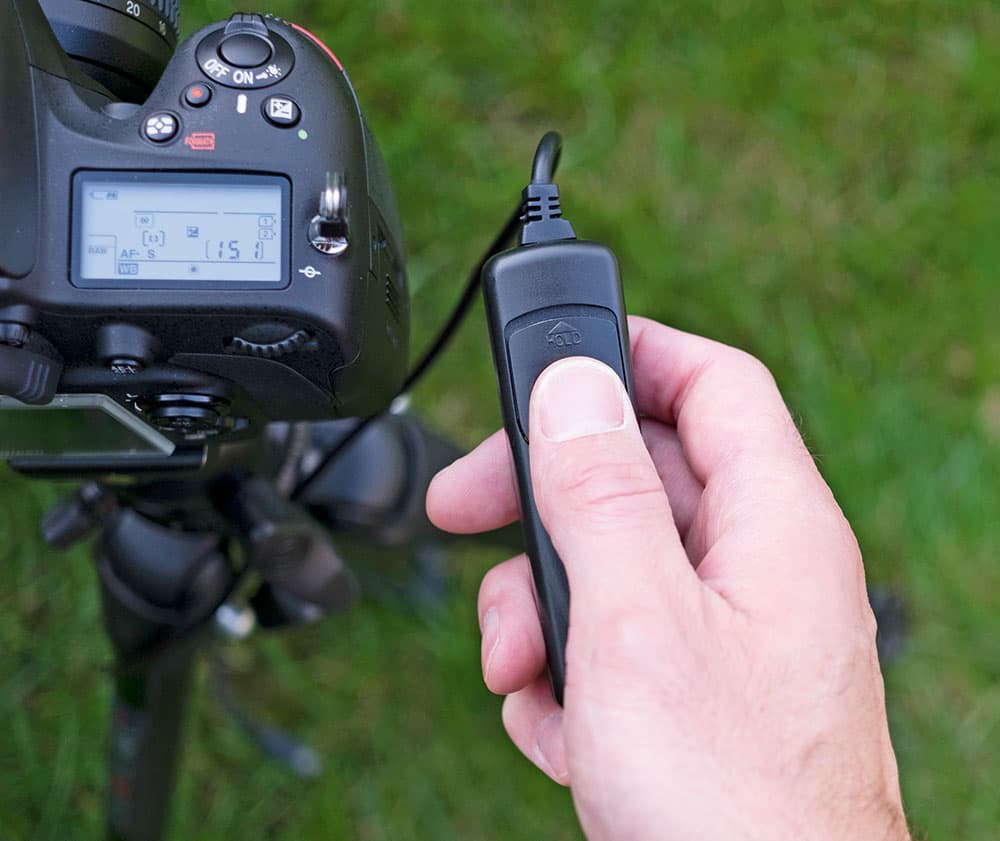
Turn off image stabilisation
If your lens features image stabilisation (IS or VR switch on lens barrel), it might be better to turn it off when mounted on a tripod. With some lenses, and particularly older designs, the IS unit can move of its own accord, causing image blur during longer exposures on a tripod. This is visible as image drift in the viewfinder, so if you see this, set the IS or VR switch to ‘off’.
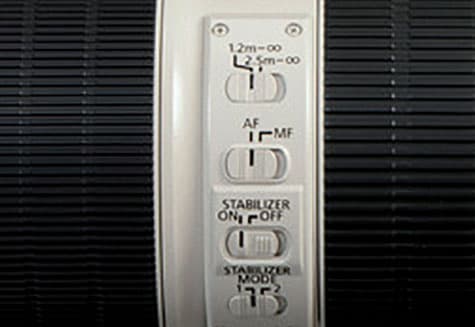
Why one leg sometimes has a foam cover
Everyone has seen those tripods with a single leg wrapped in foam, but what’s it for? This is simply designed to be the leg you hold when carrying a tripod in cold weather. Carbon fibre and aluminium will make your hands cold even with gloves on, and the foam is there to reduce the coldness. If your tripod doesn’t have one, universal leg wraps can be bought separately.
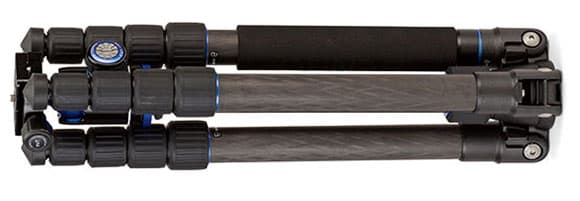
Improving stability using a camera bag
Outdoor photographers will often find themselves shooting in windy conditions and running water. Luckily some tripods have a hook at the bottom of the centre column to hang your camera bag from to create a ballast to reduce vibrations. This often works well, but in extremely windy conditions it can make things worse.

When and why you should be using your tripod
Tripods are favoured by photographers for a number of reasons, but the most common is when shooting at a shutter speed that is too slow to handhold the camera. You might be using a long telephoto or macro lens where the shutter speed you’re shooting at isn’t fast enough to support the focal length of the lens, or close-up shooting where even tiny camera movements are magnified. Other reasons for shooting with the camera on a tripod include simply wanting to maintain a composition, or because you’re shooting HDR or time-lapse images where the camera needs to remain in a fixed position, regardless of exposure.

 James Abbott is a freelance photographer and photography journalist based in Cambridge. He specialises in landscape and portrait photography, but has photographed practically every subject you can think of. Visit www.jamesaphoto.co.uk.
James Abbott is a freelance photographer and photography journalist based in Cambridge. He specialises in landscape and portrait photography, but has photographed practically every subject you can think of. Visit www.jamesaphoto.co.uk.

